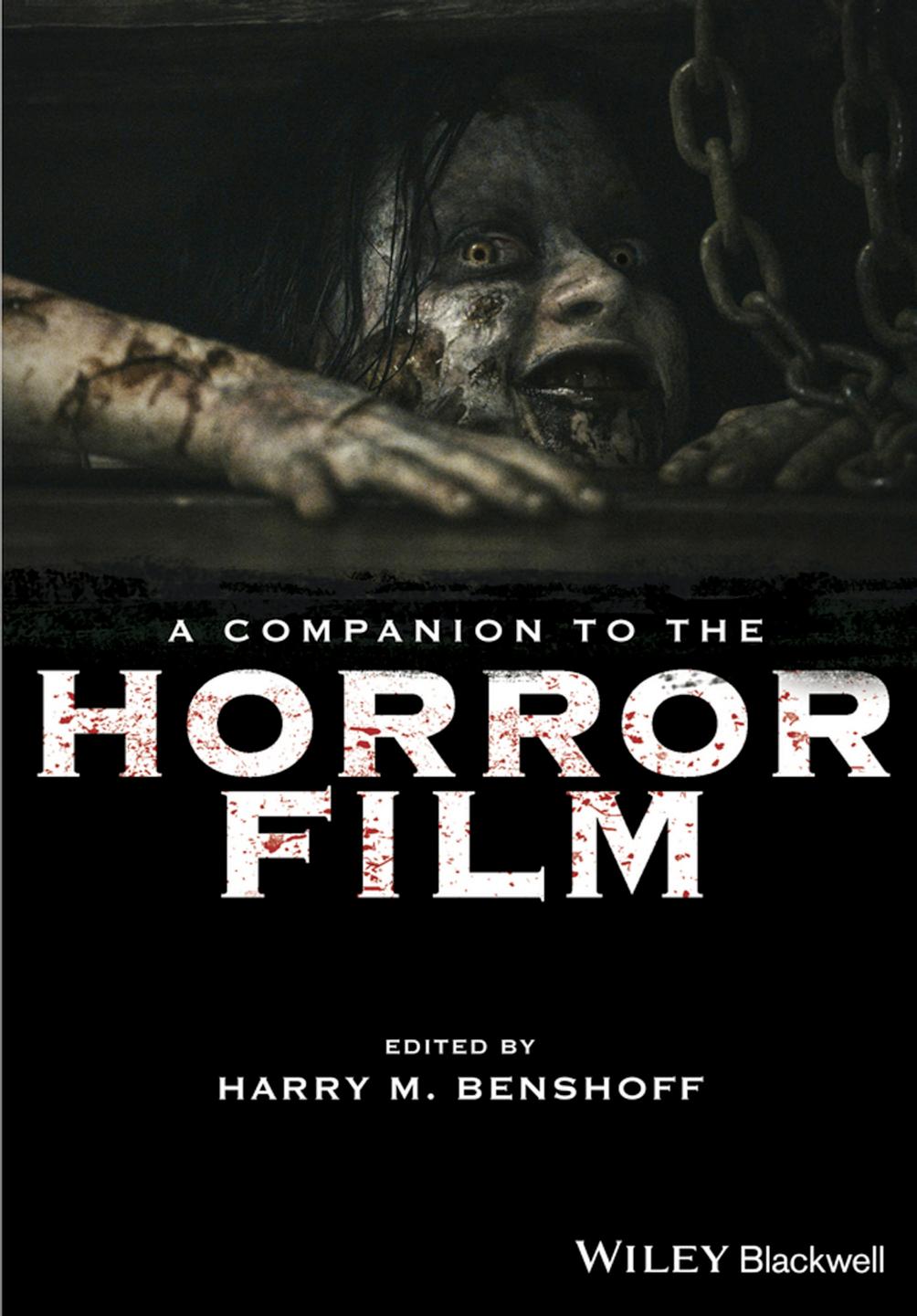A Companion to the Horror Film by Harry M. Benshoff

Author:Harry M. Benshoff [Benshoff, Harry M.]
Language: eng
Format: epub, pdf
ISBN: 9781118883495
Publisher: Wiley
Published: 2014-09-09T00:00:00+00:00
Horror all'italiana
Like other film companies reacting to a changed global market after World War II, AIP became truly international in the early 1960s. They both imported European movies for domestic distribution (dubbing, recutting, and sometimes shooting new footage to shape them for the American market) and took productions abroad in conjunction with European partners to take advantage of policies that European nations had enacted to help their recovering economies compete with the Hollywood colossus. For example, Masque of the Red Death, The Haunted Palace, and Tomb of Ligeia were shot in Britain to tap into the “Eady Levy” tax fund intended to finance national production (Arkoff and Trubo, 1992: 125–126). Moreover, just as Hammer's gothic films began to thrive, the Italian film industry was beginning an extended period of prosperity. Auteurs like Federico Fellini and Michelangelo Antonioni had brought prestige to Italian cinema but the booming business around Rome's Cinecitta studios arose from production of low-cost genre movies with wide commercial appeal, perhaps most famously the innovative “Spaghetti Westerns” made by Sergio Leone et al. Italian filmmakers also showed great flair for horror—all the more remarkable since Italy had no tradition of gothic literature or cinema.
Horror films had been largely prohibited in Fascist Italy even though many American movies were distributed on the peninsula until 1939. As such, Italian filmmakers and audiences had little exposure to the mythic characters and images at the foundation of the genre's commercial popularity. Tim Lucas (2007: 171–172) argues that the eventual appearance of Dracula and Frankenstein in Italy in the early 1950s plus the release of Warner Bros.' House of Wax in 1953 provided examples and impetus. Though it had little commercial impact, I Vampiri (1956), directed by Riccardo Freda, was Italy's first genuine gothic horror film. Its cameraman, Mario Bava finished directing the movie when Freda quit after a dispute with the producers. Both men would go on to make some of the most memorable Italian horror films of the 1960s, often exceeding their Anglo-American competitors in both formal and thematic complexity.
Like Freddie Francis, Bava would always bring his considerable technical skills as a cinematographer to projects he directed, from devising clever in-camera optical effects to displaying great facility with lighting and composition in either black and white or color. As such, Italian horror rose to international attention with Bava's La maschera del demonio (1960), distributed by AIP in 1961 as Black Sunday, which as Lucas argues, continued “one of the key premises in Italian horror” established in I Vampiri: “men and women doomed to replay the loves and hates of their ancestors” (174). Black Sunday's famous prolog depicts the execution of an accused witch who is bound to a stake before a spike-filled metal mask is set on her face and pounded into place by a mallet-wielding executioner, blood spurting through the openings. Two centuries later, she returns as a vengeful ghost taking possession of a contemporary descendant. British actress Barbara Steele played the awful witch and her victim, becoming the only
Download
A Companion to the Horror Film by Harry M. Benshoff.pdf
This site does not store any files on its server. We only index and link to content provided by other sites. Please contact the content providers to delete copyright contents if any and email us, we'll remove relevant links or contents immediately.
The Kite Runner by Khaled Hosseini(5045)
Gerald's Game by Stephen King(4521)
Dialogue by Robert McKee(4277)
The Perils of Being Moderately Famous by Soha Ali Khan(4127)
The 101 Dalmatians by Dodie Smith(3429)
Story: Substance, Structure, Style and the Principles of Screenwriting by Robert McKee(3372)
The Pixar Touch by David A. Price(3336)
Confessions of a Video Vixen by Karrine Steffans(3212)
How Music Works by David Byrne(3089)
Harry Potter 4 - Harry Potter and The Goblet of Fire by J.K.Rowling(2949)
Fantastic Beasts: The Crimes of Grindelwald by J. K. Rowling(2913)
Slugfest by Reed Tucker(2905)
The Mental Game of Writing: How to Overcome Obstacles, Stay Creative and Productive, and Free Your Mind for Success by James Scott Bell(2824)
4 - Harry Potter and the Goblet of Fire by J.K. Rowling(2620)
Screenplay: The Foundations of Screenwriting by Syd Field(2512)
The Complete H. P. Lovecraft Reader by H.P. Lovecraft(2466)
Scandals of Classic Hollywood: Sex, Deviance, and Drama from the Golden Age of American Cinema by Anne Helen Petersen(2443)
Wildflower by Drew Barrymore(2423)
Casting Might-Have-Beens: A Film by Film Directory of Actors Considered for Roles Given to Others by Mell Eila(2335)
